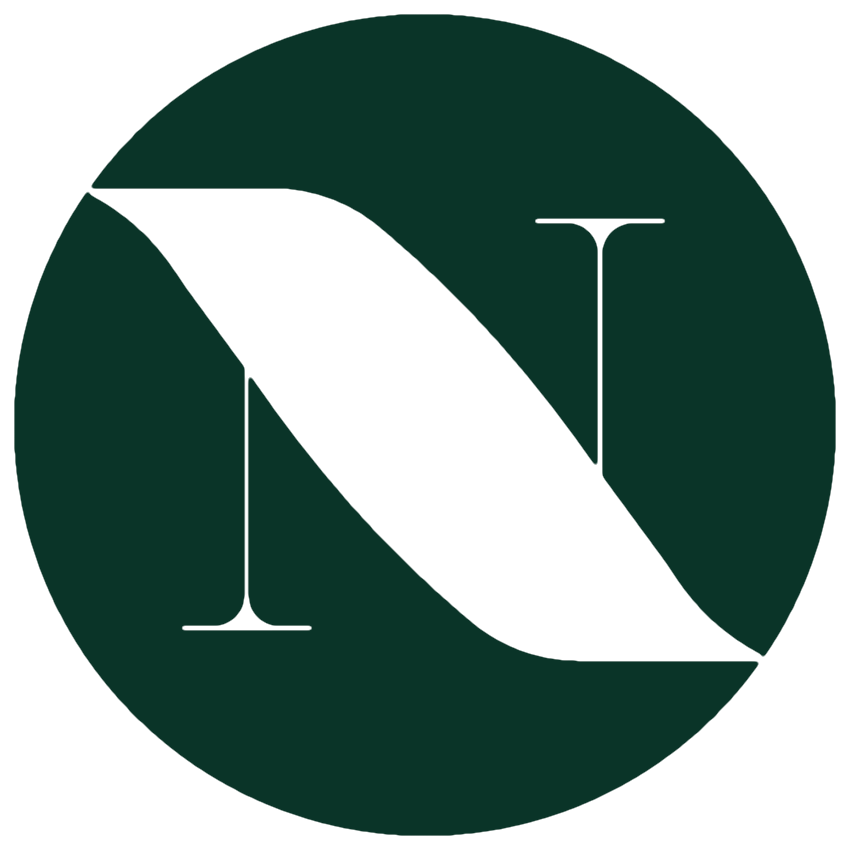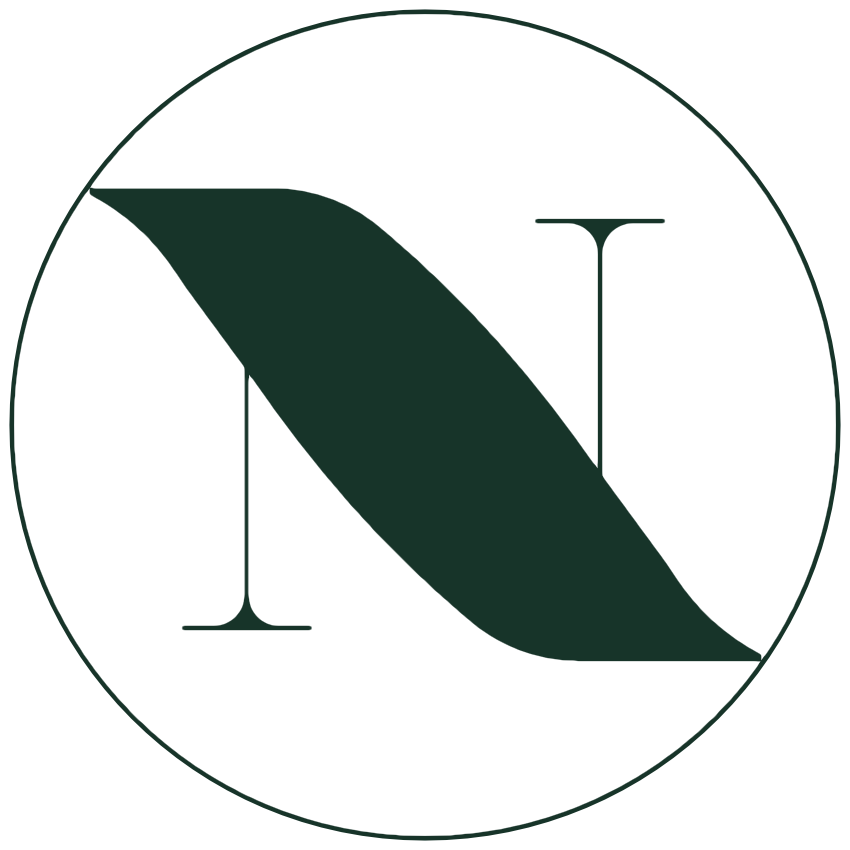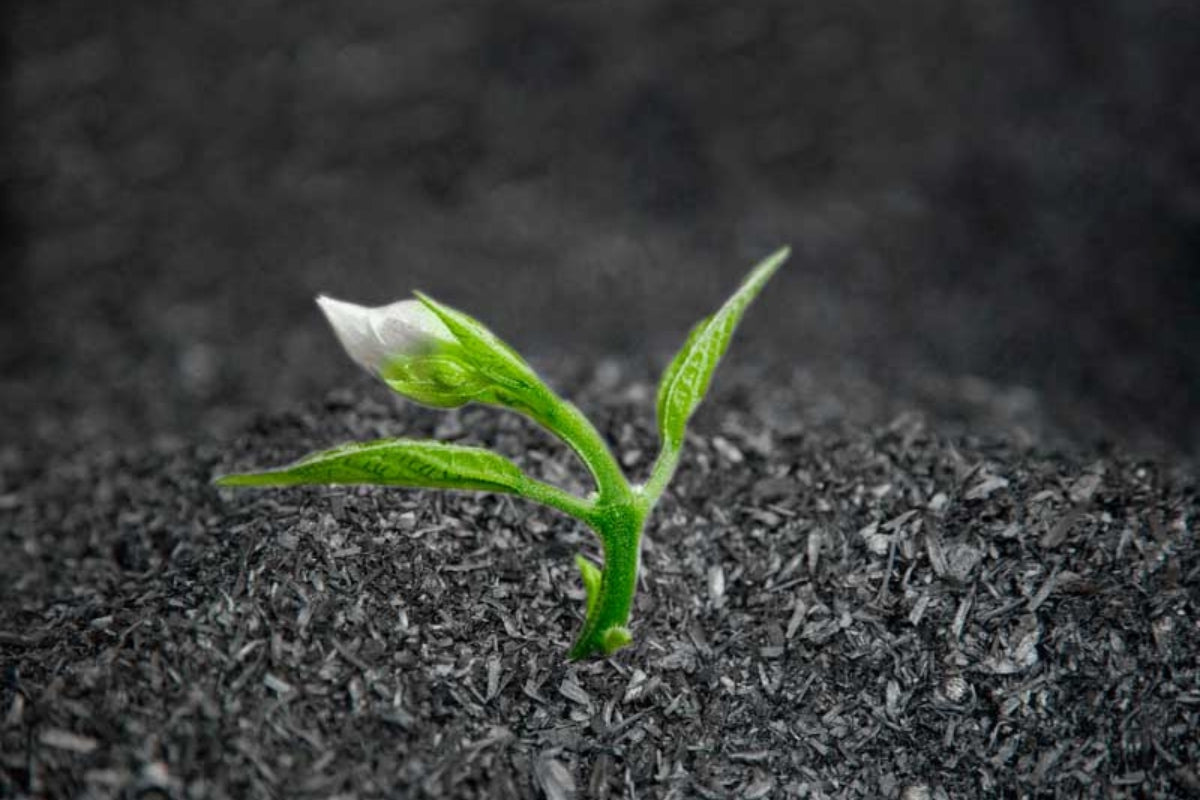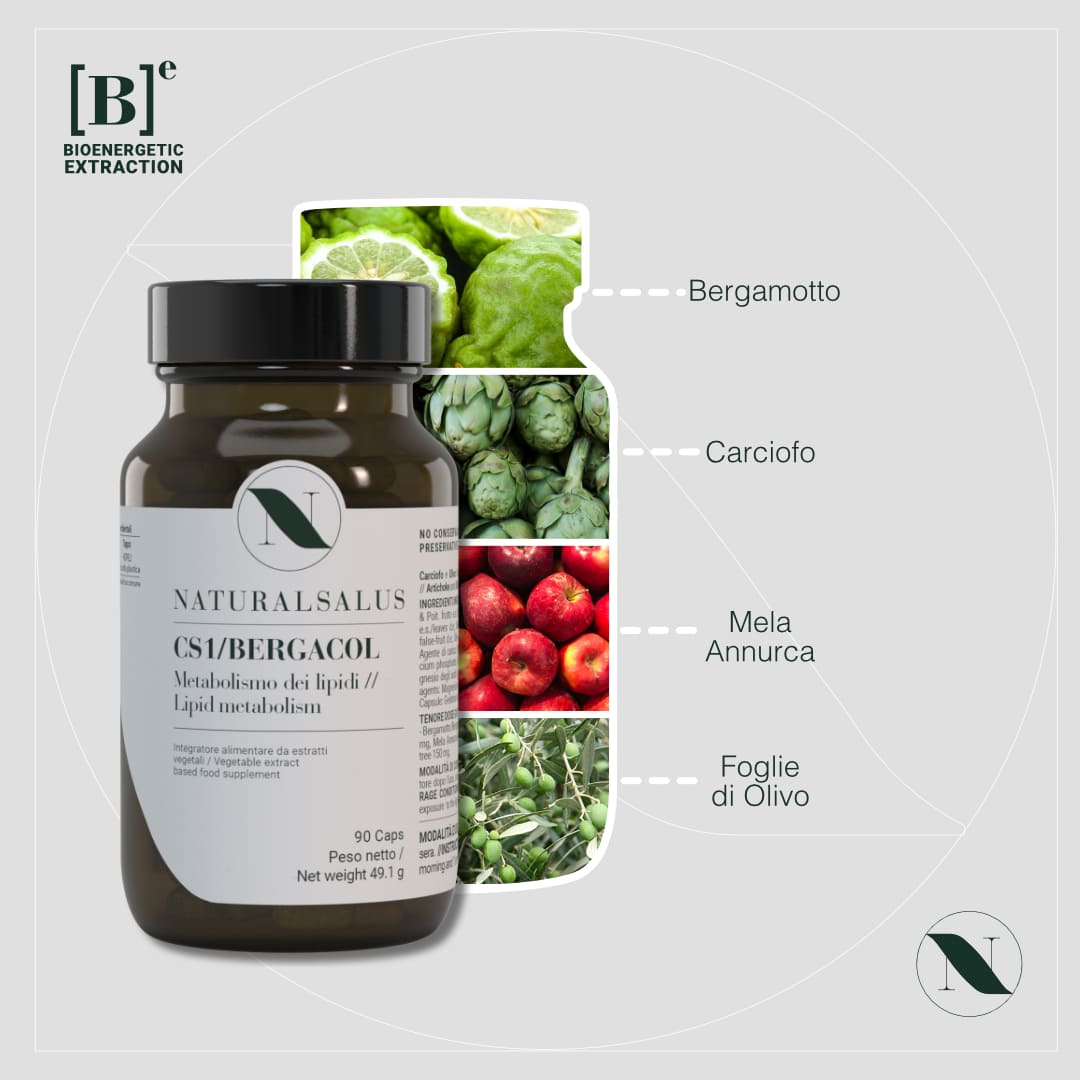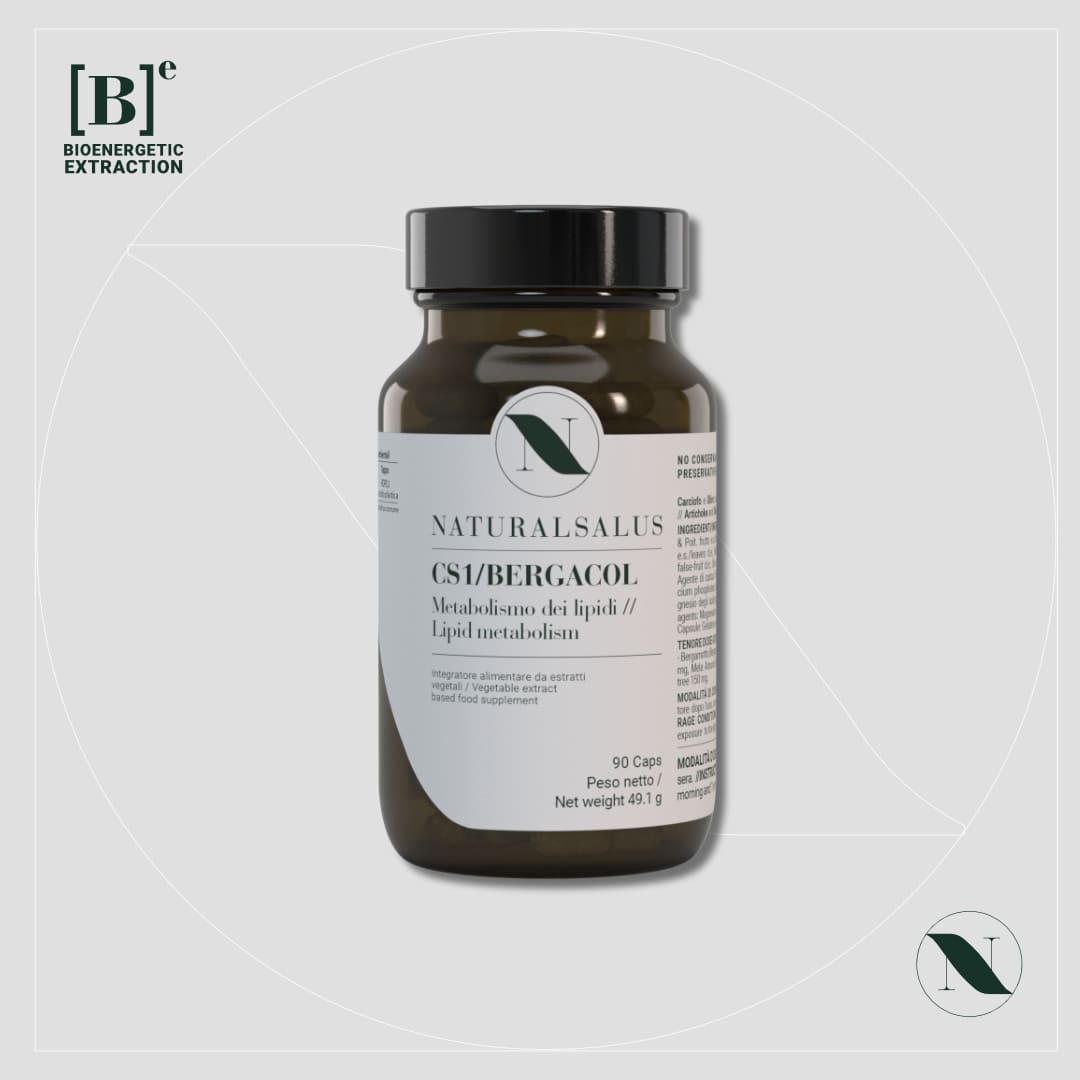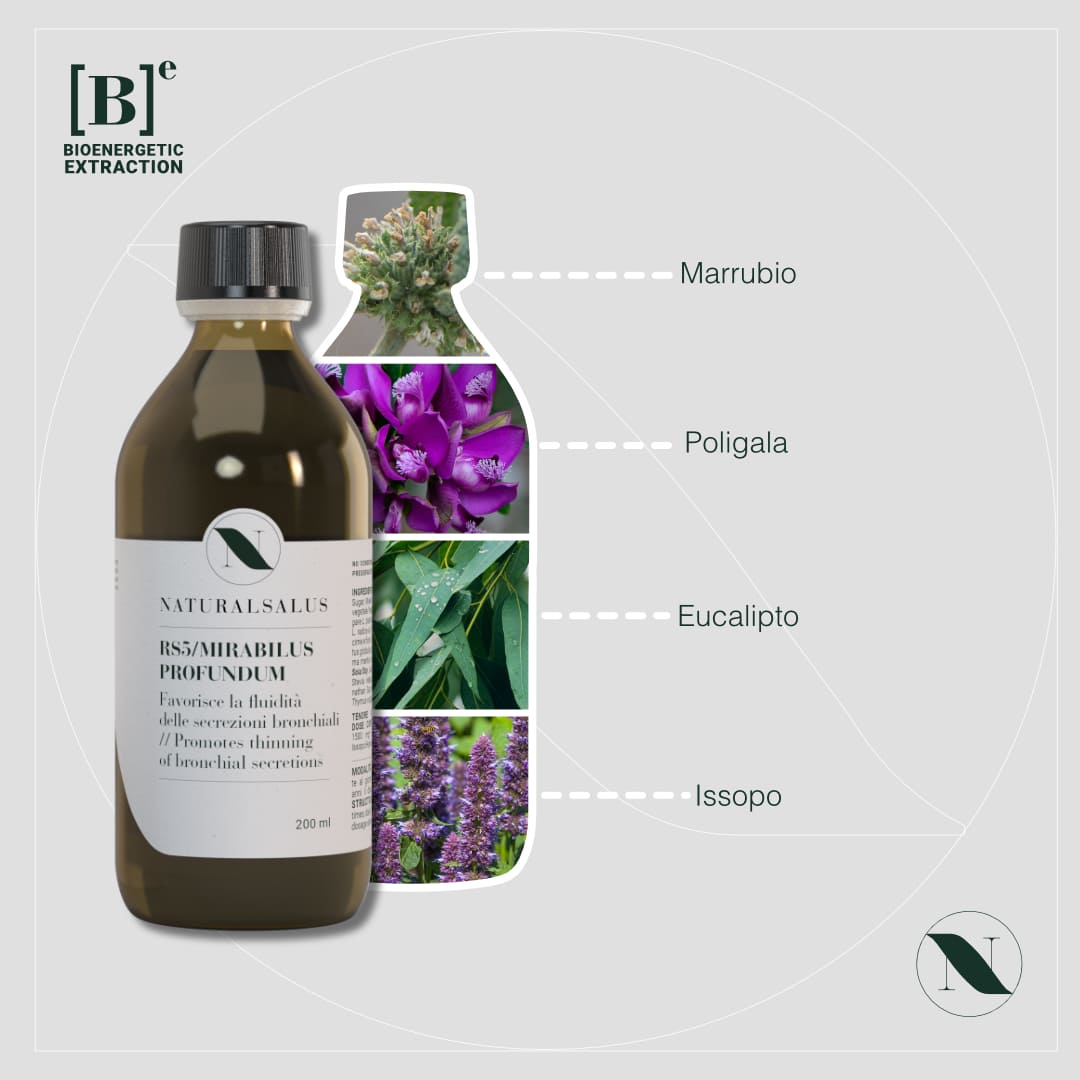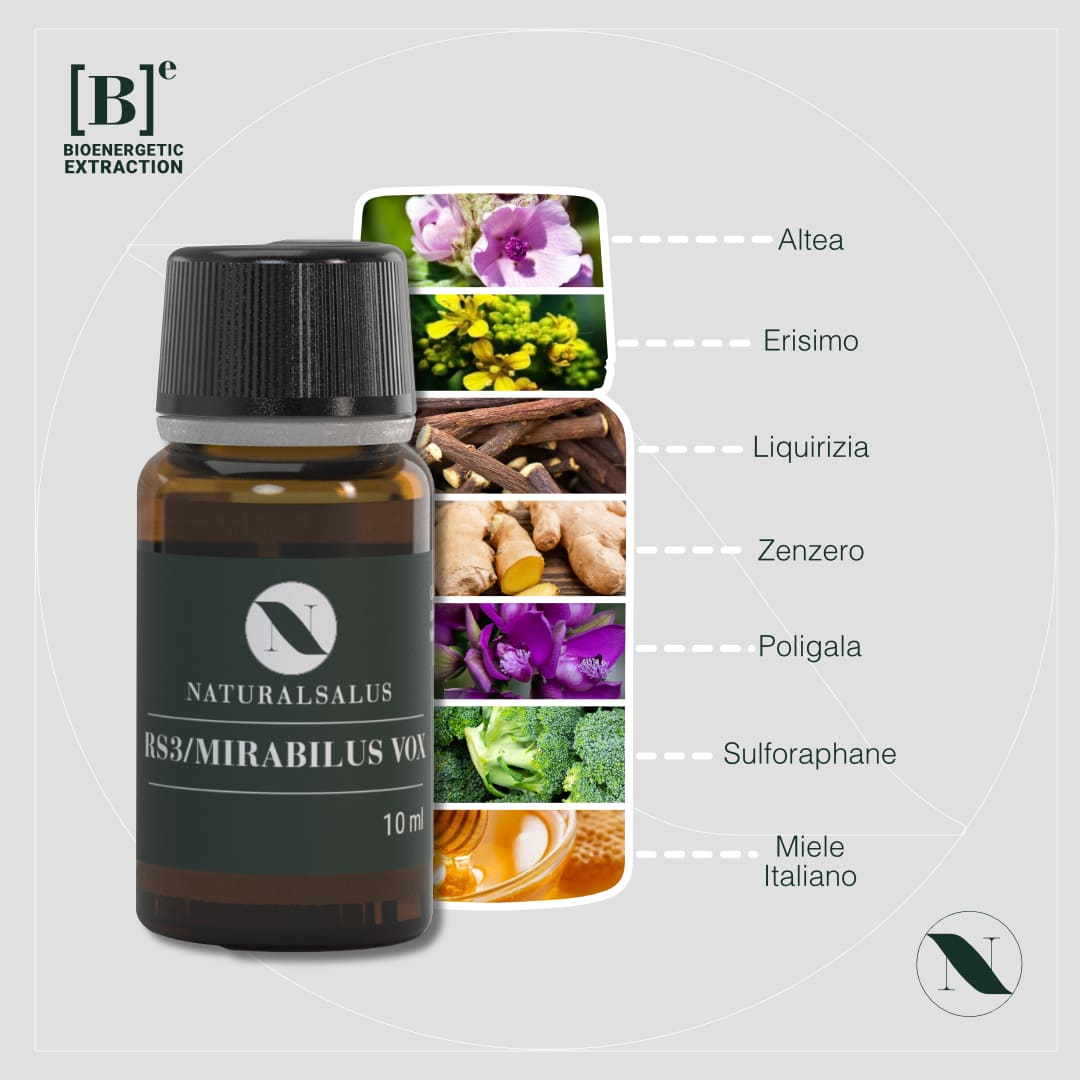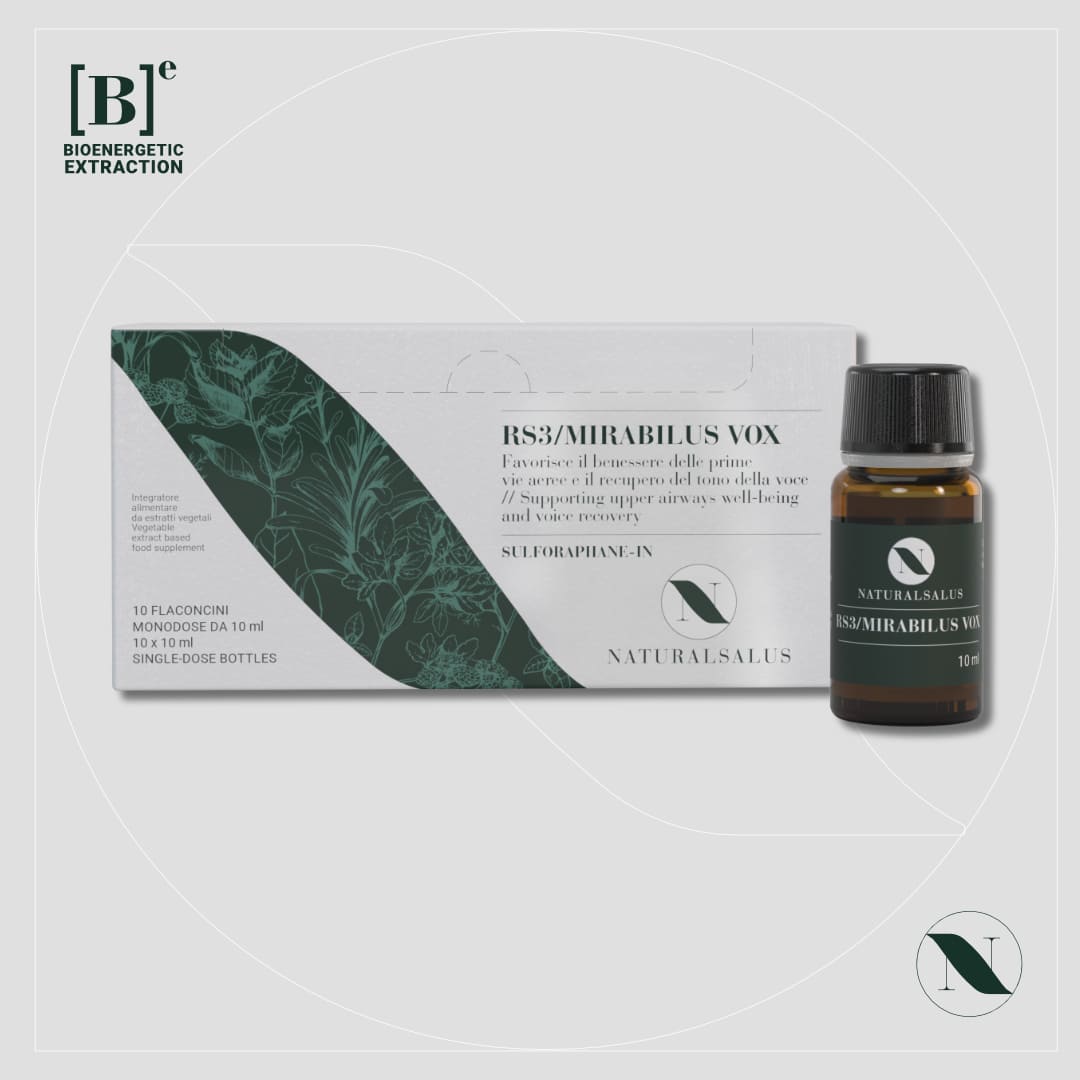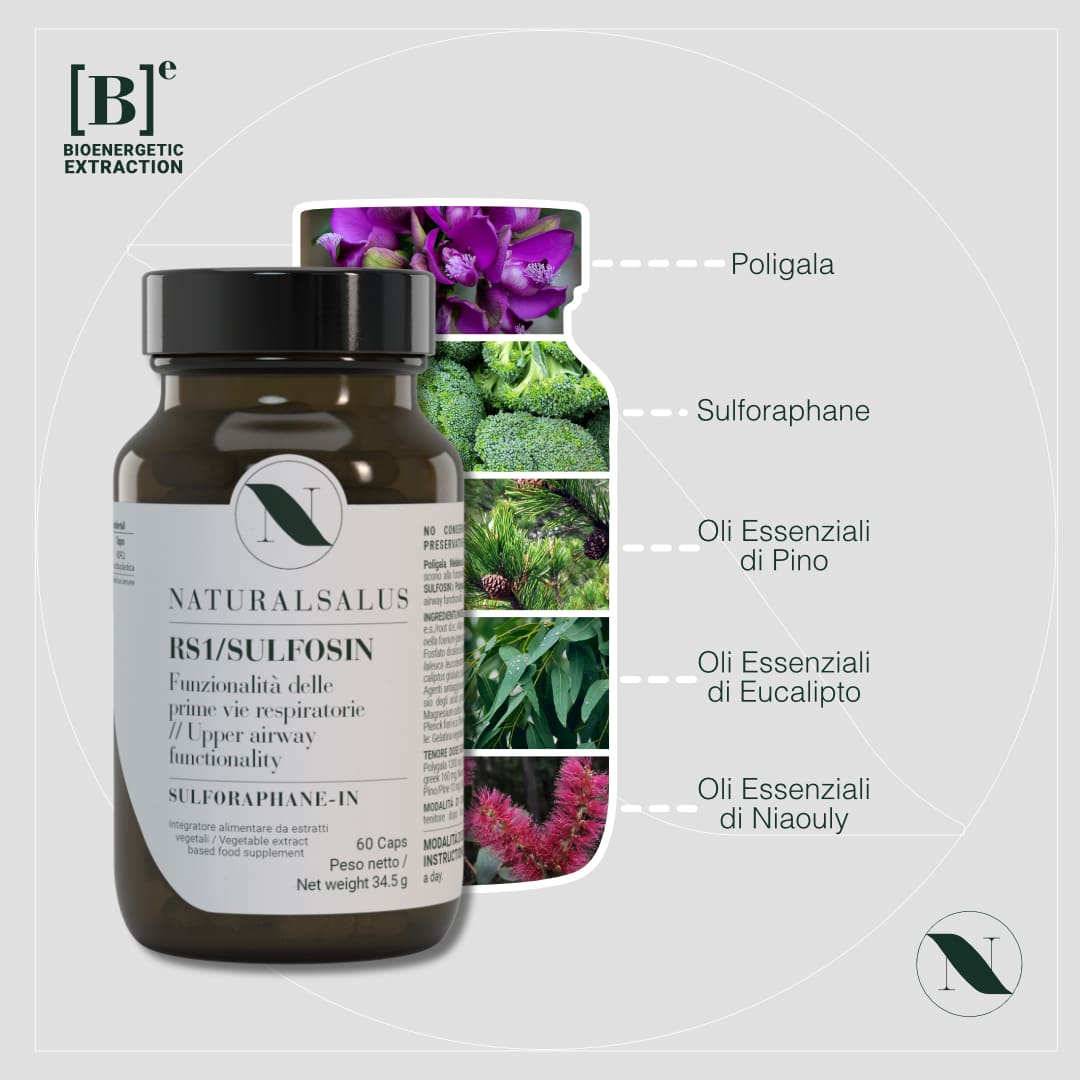The best way to fight and eliminate any type of infection (viral and bacterial) is definitely to keep our immune system efficient and ready for any eventuality.
To achieve this, the path to take is multifactorial and ranges from a proper diet to optimal stress management, including the intake of vitamins (particularly C and D), antioxidants, immunomodulators, and stimulants.
What is the Immune System
Overall, the Immune System is made up of a complex integrated network consisting of three fundamental components that generate the necessary Immune Defenses for the organism:
– the organs;
– the cell;
- the chemical mediators.
"The organs are located in different parts of the body (spleen, thymus, lymph nodes, tonsils, appendix) and lymphatic tissues. We can distinguish between:"
– primary lymphoid organs (the bone marrow and, in the case of T lymphocytes, the thymus) where leukocytes (white blood cells) develop and mature;
– secondary lymphoid organs that show a reticular architecture suitable for trapping foreign material present in the blood (spleen), in lymph (lymph nodes), in air (tonsils and adenoids), and in food and water;
– isolated cells present in the blood and tissues: the main ones are called white bloodcells or leukocytes.
How the immune system works
The immune system's response is articulated in two phases: a NON-SPECIFIC response and a SPECIFIC response.
In most cases, the nonspecific response is already able to combat numerous pathogens daily in an asymptomatic manner or with mild symptoms. On the contrary, for more significant infections, this is not the case, and it will therefore be necessary to activate a specific immune response. The specific response is TARGETED at a particular pathogen, is slower, but once triggered, leads to the resolution of the infection.
Let's schematically see what happens when a pathogen enters our body.
NON-SPECIFIC RESPONSE: the first to intervene are the Macrophages, which act as always-active security guards. Macrophages are responsible for RECOGNIZING the pathogen and phagocytosing it to eliminate it quickly. In doing this, the macrophage ALERTS other nearby macrophages, which then intervene massively. This triggers an inflammatory process. When macrophages are unable to stop this infection, they alert (through a chemotactic signal to the endothelium) the GRANULOCYTES. Granulocytes, in particular, encapsulate the focus, trying to prevent or at least slow down the spread of the pathogen in the surrounding tissue. They also have the task of presenting the specific antigen of the pathogen, thereby stimulating T lymphocytes and subsequently B lymphocytes to produce specific antibodies.
SPECIFIC RESPONSE: T and B lymphocytes perform different functions during this phase. B lymphocytes are responsible for producing antibodies that bind to the antigens of the pathogen, preventing it from further damaging human cells. At different stages of the disease, these cells produce different types of antibodies, through which we are able to characterize the progression of the immune response.
In lymphocytes, we can roughly distinguish two types of cells, the so-called T4 (CD4) and T8 (CD8). T4 lymphocytes have the task of presenting antigens to other lymphocytes and therefore have an informative function. T8 lymphocytes, finally, have the task of finding and destroying cells infected with the pathogen and thus malfunctioning. The specific reaction is activated by the immune system during a bacterial or viral infection.
How to boost the immune system: a valid help from phytotherapy

"In order for this entire process to occur quickly and efficiently, it is important to have a 'correct' diet rich in vitamins, trace elements (enzymatic activators), and minerals."
Furthermore, stress must be "under control" so that the amount of circulating "free radicals" is limited and therefore countered by our antioxidant systems, so that they do not enter a state of chronic inflammation that obviously leads to a weakening of the entire system.
Unfortunately, however, nutrition does not always provide a sufficient supply of the aforementioned substances, so it is necessary to supplement by taking specific herbal remedies. However, be careful to choose only supplements that provide, for example, vitamins through natural plants. Synthetic vitamins do not have the same beneficial effect.
For example, VITAMIN C is now widely recognized as very important, both as an antioxidant and for stimulating our immune system. If we want to take it in sufficient quantities and from natural sources, we should choose the one that comes from two particular plants: ACEROLA and ROSA CANINA.
"To this, we can add active ingredients that have direct antiviral and antibacterial properties, such as ELDERBERRY FRUITS, which have a counteracting action against various pathogens." Or the ECHINACEA, long used as a "natural antibiotic" and to directly stimulate our immune system.
The ASTRAGALUS, which stimulates macrophages and NK, thus making our nonspecific system active and reactive, reducing the reaction time of the immune system and accelerating healing. The LAPACHO has a very important antibacterial action. And, to finish, the GINGER, known for its characteristic flavor and which also strongly stimulates the immune system and through its properties promotes the assimilation of other plants ingested simultaneously.
Recover quickly from the battle waged by the Immune System
A pathological state also increases our inflammatory state and the amount of free radicals circulating. Therefore, both for prevention and for recovering from a flu-like state, it is good practice to use specific antioxidants.
Against free radicals to detoxify the body
"Against free radicals, to quickly detoxify the body, we can take plants rich in antioxidants in order to detoxify the organs and tissues from an excess of accumulated free radicals."
One of the most effective families of plants in combating free radicals is the Brassicacee that contain high concentrations of Sulforafano. In its pure form, Sulforaphane acts as an indirect antioxidant, meaning it induces the activity of Phase 2 detoxifying enzymes, activating a series of endogenous mechanisms through which cells protect themselves from oxidative damage: it is therefore able to protect every cell from toxic molecules. "and aggressive, precisely the Radical Liberals." The effects of these indirect antioxidants remain active even after their elimination, as they trigger a cellular protection process that continues to be effective for days.
Resveratrol is an antioxidant found in the skin of grapes and red wine with a high antioxidant capacity. Through its antioxidant action, it is also able to protect blood vessels.
The legendary He Shou Wu plant comes from traditional Chinese medicine and boasts being a plant that guarantees strength and tonicity to those who consume it. It contains various phytochemicals including polyphenols and stilbenes that make He Shou Wu an effective antioxidant.
It is evident that the immune system has the function of defending the body from pathogenic attacks and activating a counterattack. But the activity of other organs also supports, even if indirectly, the immune system. The skin, for example, acts as a barrier against the outside world, limiting the access of pathogens into the body. The skin can perform its function only if it is intact and in good health. The same concept applies to the digestive tract and the secretory organs that, through their activity and the enzymes they produce, counteract the formation of potential pathogens and promote their secretion.
Supplements for the immune system
Herbal remedy:
• Match IS1 ANTOXI PLUS (2 capsules a day) + IS3 MIRABILUS IMMUNO PLUS (10 ml twice a day). Treatment to be carried out from October to February.
• IS2 ANTOXI PLUS FLUID, detoxifying and liver purifying, 10 ml per day. Treatment to be carried out in March / June / September.
• IS3 MIRABILUS IMMUNO PLUS is also indicated during seasonal changes, such as spring/summer and summer/autumn. At the onset of the first symptoms of the respiratory tract, increase the dosage up to 4 scoops per day.
• IS1 ANTOXI PLUS is recommended to be taken throughout the year, to achieve an antioxidant action and a powerful anti-aging effect for the skin (face, neck, and hands).
Research Sources
Erwin-Josef Speckmann, Jürgen Hescheler, Rüdiger Köhling, Physiology Elsevier.
Karim M Yatim, Fadi G Lakkis, A brief journey through the immune system. Clin J Am Soc Nephrol. 2015 Jul 7;10(7):1274-81. doi: 10.2215/CJN.10031014. Epub 2015 Apr 6.
Michele Catanzaro, Emanuela Corsini, Michela Rosini, Marco Racchi, and Cristina Lanni, Immunomodulators Inspired by Nature: A Review on Curcumin and Echinacea. Molecules. 2018 Nov; 23(11): 2778. Published online 2018 Oct 26. doi: 10.3390/molecules23112778
Anitra C Carr, Silvia Maggini, Vitamin C and Immune Function. Nutrients. 2017 Nov 3;9(11):1211. doi: 10.3390/nu9111211.
Zhi-Peng Li, Hong-Bing Liu, Quan-Wei Zhang, Li-Feng Li, Wan-Rong Bao, Dik-Lung Ma, Chung-Hang Leung, Zhao-Xiang Bian, Ai-Ping Lu, Quan-Bin Han. Molecules. 2018 Jun 28;23(7):1563. doi: 10.3390/molecules23071563. Interference of Quercetin on Astragalus Polysaccharide-Induced Macrophage Activation.
L Macedo, T Fernandes, L Silveira, A Mesquita, A A Franchitti, E A Ximenes, β-Lapachone activity in synergy with conventional antimicrobials against methicillin resistant Staphylococcus aureus strains. Phytomedicine. 2013 Dec 15;21(1):25-9. doi: 10.1016/j.phymed.2013.08.010. Epub 2013 Sep 12.
Claudio Andrés Álvarez, Andrés Barriga, Fernando Albericio, María Soledad Romero, and Fanny Guzmán, Identification of Peptides in Flowers of Sambucus nigra with Antimicrobial Activity against Aquaculture Pathogens. Molecules. 2018 May; 23(5): 1033. Published online 2018 Apr 27. doi: 10.3390/molecules23051033.
